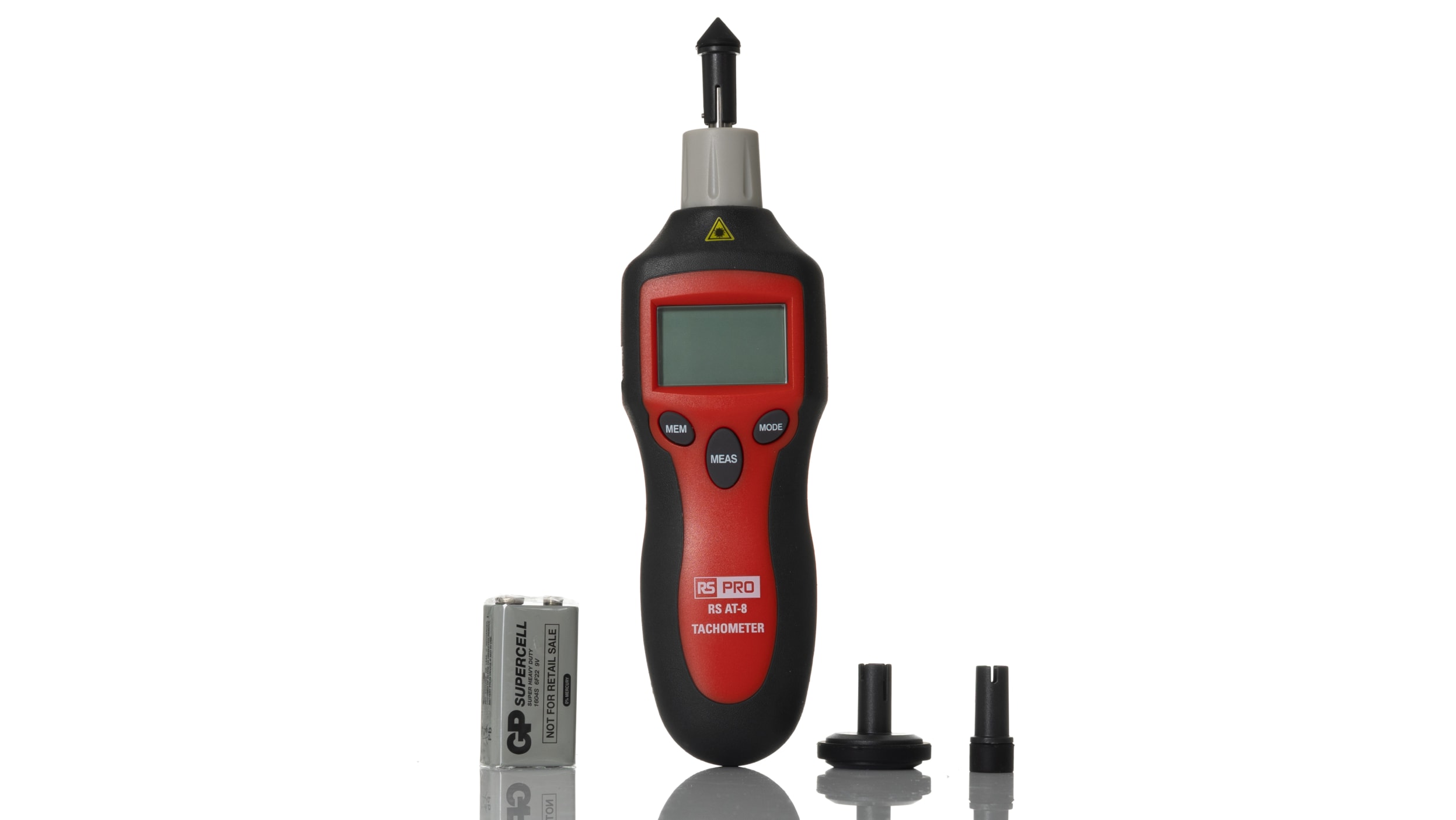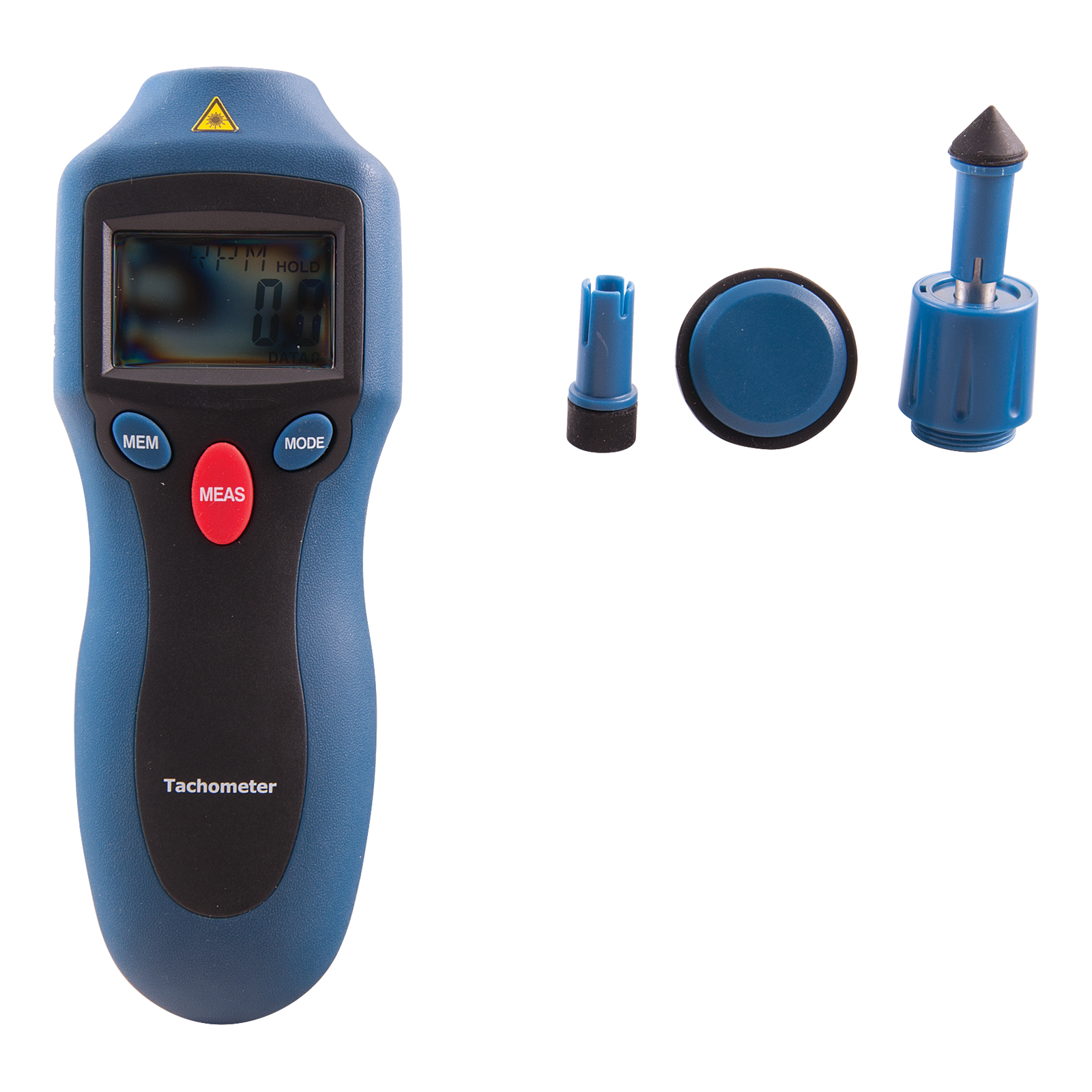How to Choose the Right Tachometer for Your Cars And Truck or Bike
How to Choose the Right Tachometer for Your Cars And Truck or Bike
Blog Article
The Significance of a Tachometer in Checking Engine Speed and Efficiency in Automotive Applications
In the world of auto design, the tachometer stands as a pivotal instrument in the chauffeur's toolbox, supplying a straight home window right into the internal operations of a vehicle's engine. Past its feature as a mere scale of revolutions per minute (RPM), the tachometer offers as a crucial tool for enthusiasts and professionals alike, providing real-time insights into engine efficiency and health and wellness.
Value of Checking Engine RPM
Checking engine RPM, or changes per min, is an essential facet of automotive upkeep and efficiency analysis. Engine RPM straight correlates with the speed at which the engine's crankshaft rotates, indicating just how promptly the engine is running - tachometer. By keeping track of RPM, auto mechanics can evaluate the wellness of the engine, discover potential issues, and fine-tune efficiency. An uncommon RPM analysis may signal problems such as engine misfires, damaged trigger plugs, or problems with the fuel distribution system. Continually high RPM readings could show aggressive driving practices or the demand for a greater gear change to enhance gas effectiveness.
In addition, keeping track of engine RPM is essential for efficiency assessment in auto racing and high-performance cars. Keeping optimal RPM degrees is essential for attaining peak power output and velocity. Racers often utilize tachometers to guarantee they are operating within the excellent RPM range for optimum efficiency. In summary, keeping an eye on engine RPM is not only important for detecting problems yet also for enhancing engine efficiency in various vehicle applications.

Advantages of Real-Time Data
In automobile applications, real-time data plays a vital duty in giving instantaneous insights right into the performance and problem of the vehicle. By continuously monitoring various parameters such as engine speed, temperature, gas consumption, and more, real-time information supplies countless advantages that add to boosted performance and safety and security on the roadway.
Additionally, real-time information helps with efficiency optimization by supplying immediate comments on driving practices and engine performance. Chauffeurs can readjust their habits in real-time based on this details to accomplish far better fuel economic situation and extend the life-span of their automobile.

In addition, real-time data plays an essential role in contemporary automotive diagnostics, allowing technicians to swiftly detect and deal with breakdowns. This leads to minimized downtime, reduced maintenance expenses, and inevitably, improved general lorry reliability and durability (tachometer). By harnessing the power of real-time data, vehicle stakeholders can make enlightened decisions that positively influence both the performance and longevity of the automobile
Effect On Gear Shifts
Reliable equipment changes in automobile applications dramatically affect overall efficiency and driving experience. The tachometer plays a crucial role in maximizing gear shifts by supplying real-time engine rate data to the motorist. When approaching the redline on the tachometer, it signals the motorist to upshift to protect against over-revving the engine and causing prospective damages. On the various other hand, downshifting at the right moment can help maintain the engine in its power band, making sure receptive velocity when required.
Moreover, the tachometer help in achieving smoother equipment changes, specifically in hand-operated transmissions. By keeping an eye on engine rate, vehicle drivers can implement equipment shifts at the optimal RPM array, lowering snagging activities and lessening wear on the transmission components. This precision on duty changes not just boosts driving convenience however also adds to sustain efficiency.
Enhancing Gas Effectiveness
Provided the important function the tachometer plays in optimizing equipment shifts for efficiency and engine health and wellness, it directly adds to optimizing gas efficiency in auto applications. By offering real-time feedback on engine rate, the tachometer assists vehicle drivers in preserving the most efficient RPM variety for fuel economic climate. When chauffeurs continually keep an eye on the tachometer and adjust their driving practices accordingly, they can prevent unneeded fuel intake caused by over-revving or hauling the engine.
Moreover, the tachometer assists vehicle drivers determine one of the most fuel-efficient gear to be in at any type of provided moment, protecting against the engine from working more challenging content than required. This is specifically important throughout acceleration and cruising, where remaining in the right gear can substantially impact fuel effectiveness. In addition, the tachometer can alert motorists to possible mechanical issues that might be adversely affecting fuel economic climate, such as a sliding clutch or a clogged air filter. Finally, the tachometer acts as a beneficial tool in improving gas performance by promoting optimal driving This Site practices and determining locations for renovation in the vehicle's efficiency.

Making Best Use Of Engine Long Life
The tachometer's role in monitoring engine rate and efficiency is critical in making sure the durability of vehicle engines. By using the tachometer efficiently, chauffeurs can optimize engine long life with mindful RPM management. Continually revving an engine too expensive can bring about extreme wear and tear on vital components, such as the pistons, shutoffs, and bearings. Gradually, this can result pop over to this site in lowered engine performance and potential breakdowns. Checking the tachometer permits motorists to stay within the advised RPM range for their lorry, stopping unneeded stress on the engine and extending its life-span.

Conclusion
Finally, the tachometer plays an important role in checking engine speed and efficiency in automobile applications. By giving real-time data on RPM, it permits effective equipment shifts, boosted gas effectiveness, and taken full advantage of engine longevity. This tool is essential for preserving optimum engine performance and making sure the overall capability of a car.
Report this page